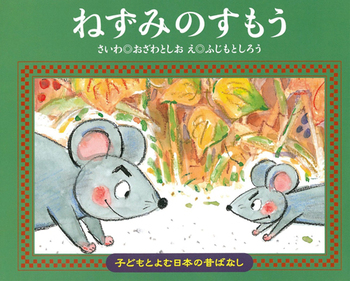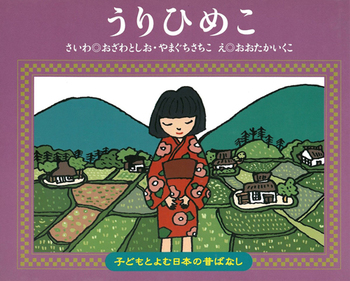この本は面白いです。でもちょっと怖いです。I think this book is interesting but it is also a little bit horrible. This book is about a story happening among an old man, an old women and a bird. At the end of the story, the old women received a box of monsters from the bird because of her greed. The picture of the monsters was terrifying. The story is warning the readers to not be greedy by using the horrible picture of monsters to terrify readers, which I think is smart.
I recommend this book to all Japanese students who like to read stories. This book might be easier for students who know more kanji to read, because there are many vocabularies and kanjis that first year Japanese students haven’t learned. However, students, without knowing many kanjis and vocabularies, still can get the idea of the story through the pictures.








